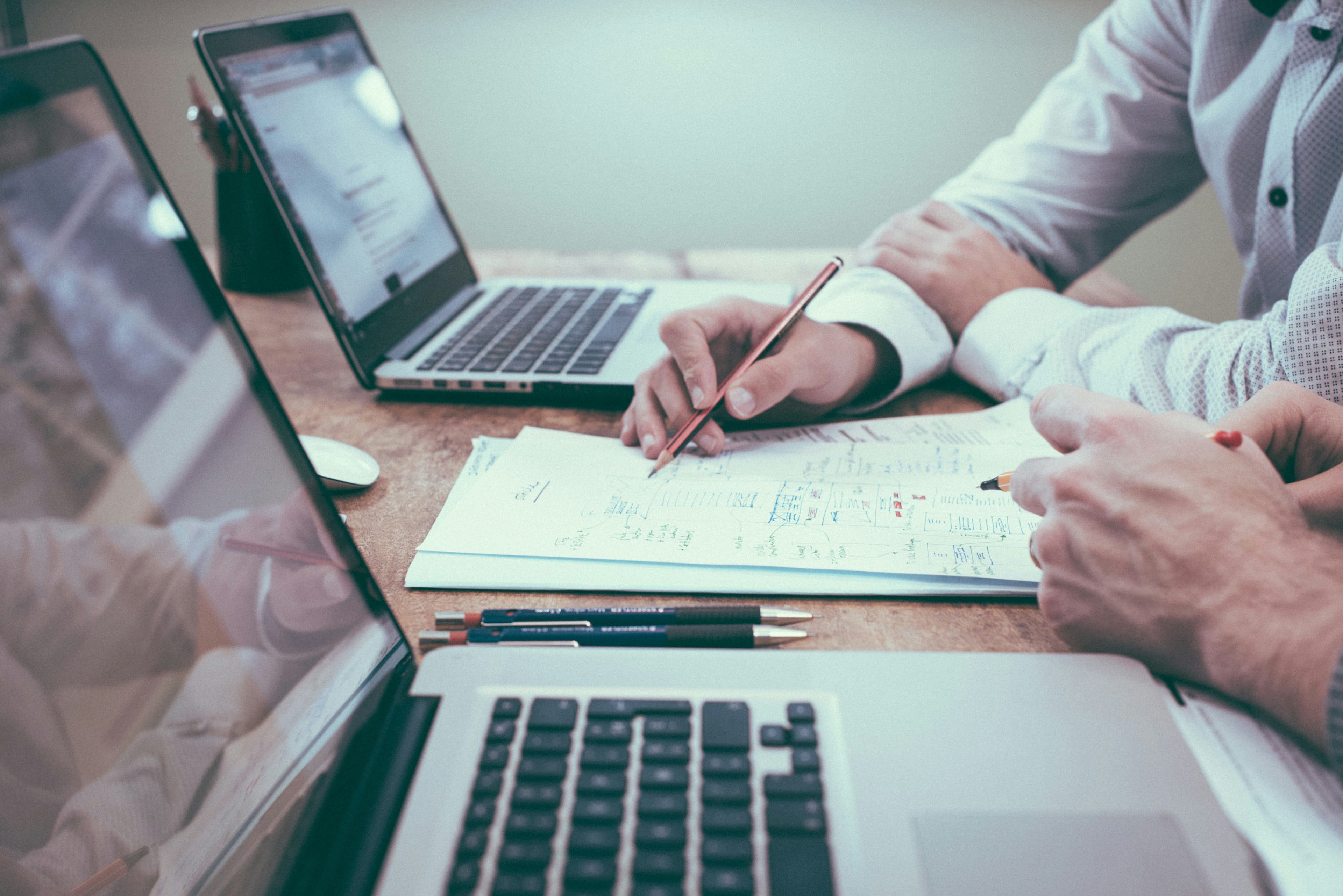
Navigating AI's Role in Intellectual Property Rights
September 2, 2025
Dive into the emerging legal maze where artificial intelligence meets copyright law, and analyze the latest debates and policy shifts surrounding AI-created works.
As artificial intelligence (AI) tools become part of our daily digital lives, conversations around creativity and ownership have reached a new level. Whether you’re using an app to transform selfies into digital paintings, or you’re a business experimenting with AI-generated logos, a surprising question pops up: Who actually owns AI-created works? For anyone curious about how copyright works in an AI-driven world, this article unpacks the emerging maze of intellectual property and machine-generated art. Let’s dive into what’s at stake, why it matters, and where the legal debates are taking us.
Why Intellectual Property in AI-Generated Art Matters
Intellectual property laws have long protected human creativity—think classic novels, hit songs, iconic designs. But what happens when an AI tool “creates” a piece of art based on a set of prompts? Suddenly we’re not just talking about brushes and easels, but about code, algorithms, and user inputs. It may sound futuristic, but it’s happening now, from social media avatars to commercial branding.
There’s a lot at stake for businesses, hobbyists, and artists. Ownership impacts:
- Who gets credit—and compensation—for the finished product
- Whether you can legally sell or reproduce AI-created content
In other words, understanding intellectual property is more than just legal fine print—it touches on creativity, community values, and even your bottom line.
The Legal Landscape: How AI and Intellectual Property Laws Intersect
Copyright Law Meets Machine Intelligence
Copyright rules were designed to protect works made by humans. In most countries, the creator of an artwork (or their employer) typically owns the copyright. But AI muddies the waters: if a machine “writes” a poem or generates a painting, is the code’s author, the AI’s operator, or nobody at all the copyright holder?
Some recent court cases and copyright offices—like those in the US and UK—have rejected copyright for art with no “human authorship.” That means if AI alone produces a work without significant human input, it might not be protected by copyright at all.
This is a big concern for anyone investing time or money into AI content. Without clear intellectual property rights, it’s difficult to control how these works are used.
Authorship and Ownership: Who Gets The Rights?
The next twist in the story is about degrees of human contribution. Say you use a text-to-image tool and specify every detail of a digital painting. Did you “create” the art, or was it the AI? Currently, most legal systems require a real, creative human effort. If you simply click a button and let AI handle everything, the law likely won’t see you as the copyright owner.
Yet, if you carefully guide the AI, tweak the outputs, and add personal touches, you may have a stronger claim to the rights. This blurry line is still being debated worldwide and is shaping policy conversations every day.
The Role of Data and Training
It’s not just about who presses “generate.” AI models themselves are trained on massive datasets—sometimes crawling the web for images, music, or text. This raises another layer of intellectual property concerns: Was your creation built on copyrighted works? Several lawsuits (including by visual artists against big tech firms) argue that AI-generated art sometimes borrows too much from existing protected works.
- Some regions require extra transparency on how data sets are used
- Content creators are pressuring companies for fair representation and compensation
Recent Policy Shifts and Global Trends
Governments are beginning to catch up, but the approaches vary. The European Union is drafting frameworks specifically for AI and copyright, aiming to balance creator protection with innovation. Meanwhile, Australia, Japan, and the US are all actively consulting on how to address the issue—but there’s no global consensus yet.
It’s worth keeping an eye on:
- New licensing requirements for data used in training AIs
- Potential changes in intellectual property law for “co-created” art (AI + human)
Practical Tips: Navigating AI and Copyright as a Creator or Business
If you’re using or commissioning AI-generated content, here’s how you can protect your interests and stay on the right side of intellectual property laws:
- Document your creative process—detail how you directed or modified the AI’s output
- When licensing images or music, check that the provider has the right to use training data
Transparency is key. If you’re using AI tools for commercial projects, clarify with designers or collaborators what rights are being transferred and who is legally responsible for the content.
What to Watch for When Using or Commissioning AI Art
Whether you’re a hobbyist or running a business, a few smart steps can save you trouble later on:
- Review contracts or terms of service—some platforms limit how you can use AI-generated results
- Consider seeking legal guidance for valuable projects
Remember: Without clear copyright, others might be free to copy, remix, or even sell similar AI art. Staying proactive protects your creative investment and reputation.
Conclusion: Staying Ahead in the Age of AI Creativity
The intersection of artificial intelligence and intellectual property is changing how we think about creativity, ownership, and collaboration. As legal systems struggle to catch up with technology, creators and businesses must stay alert, informed, and thoughtful about how they use AI-generated works.
Still got questions about intellectual property and AI? Explore our Intellectual Property hub for more guides, or reach out for tailored advice. This journey is just beginning, and staying ahead means being engaged, aware, and proactive in an evolving digital world.